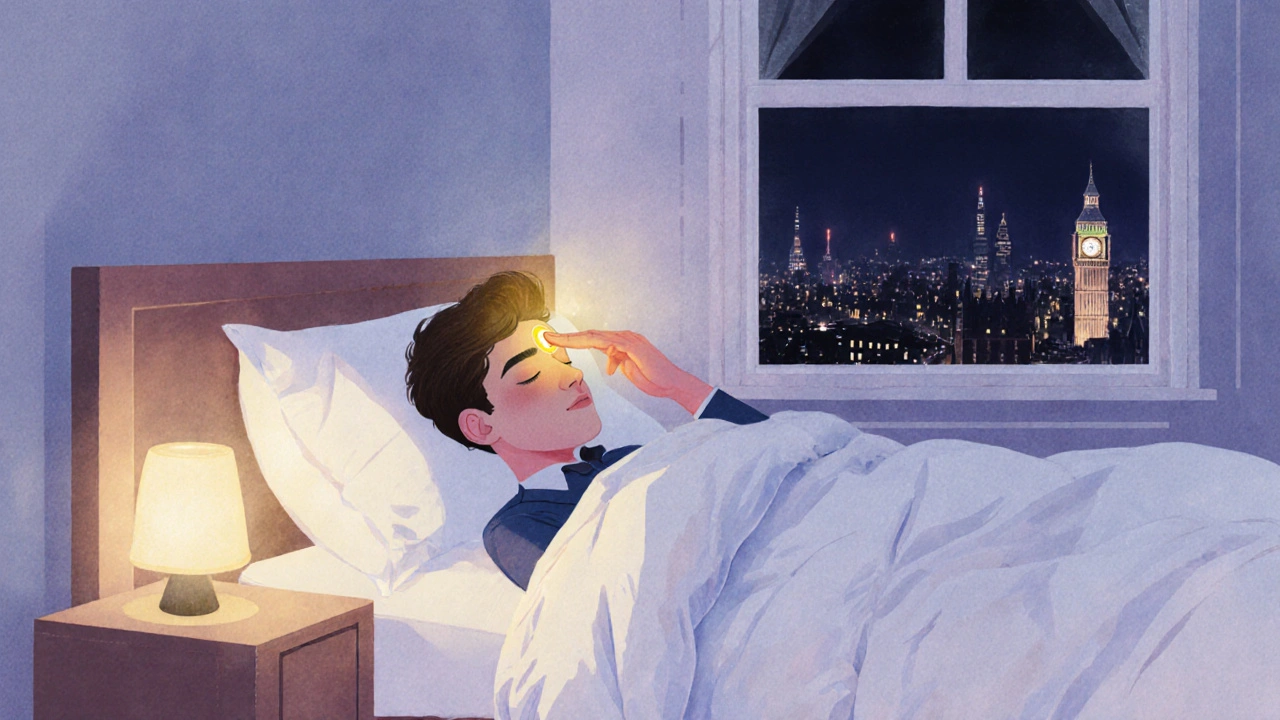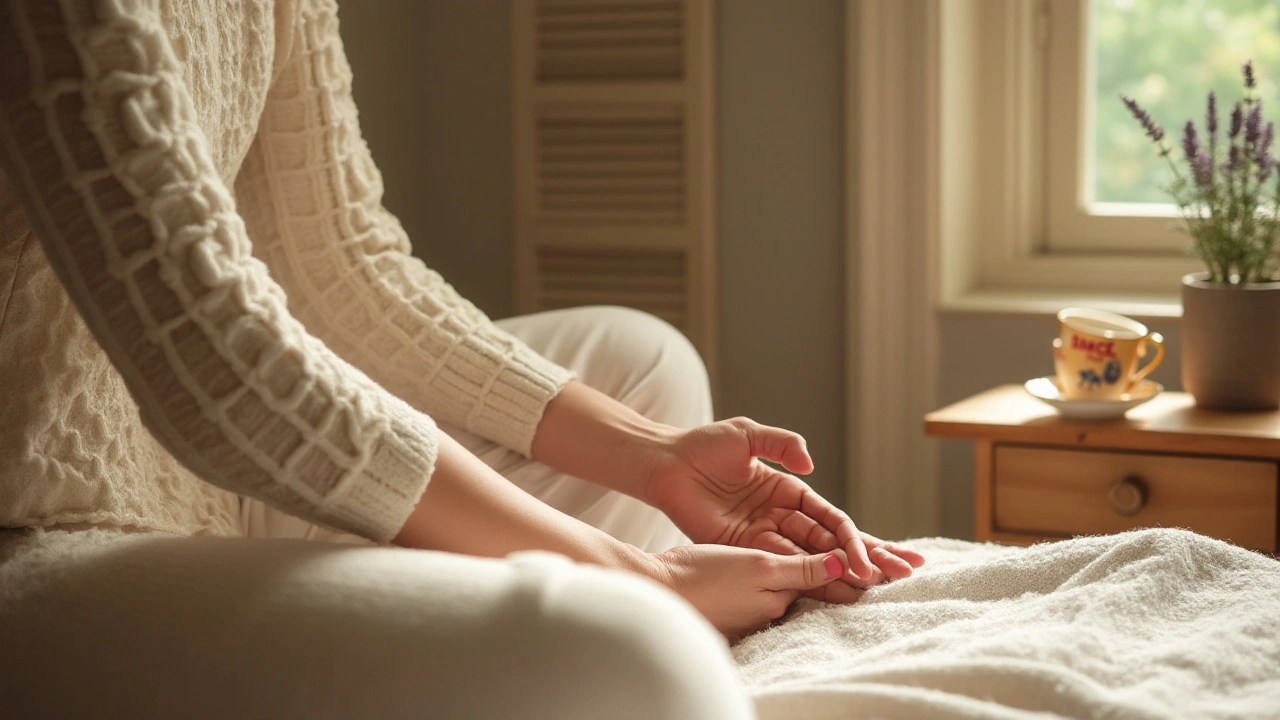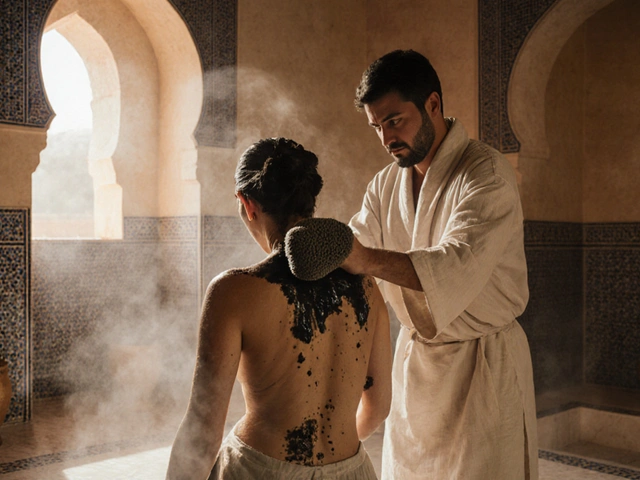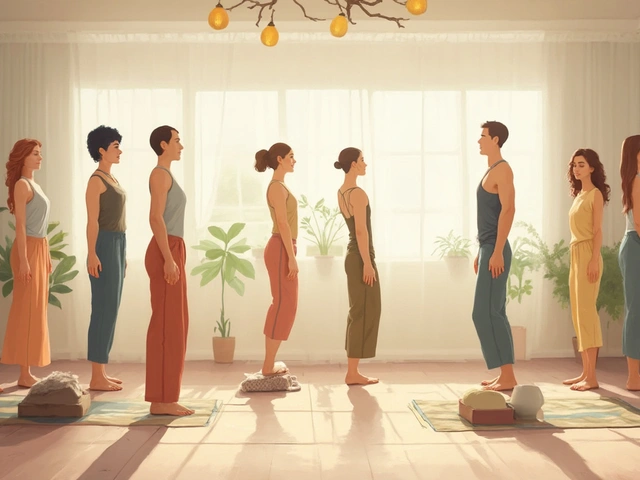Insomnia Relief: Massage and Simple Habits to Sleep Better
Can’t switch off at night? You don’t need hours or fancy gear to improve sleep. Small, targeted massage techniques and a short evening routine can lower tension and help you fall asleep faster. Below are practical steps you can try tonight, plus ideas to build a sleep-friendly routine over time.
Quick massage moves to try tonight
Start with five to ten minutes. Use light oil or lotion if you like.
- Forehead relax: Press gently between the eyebrows (Yin Tang). Hold for 30–60 seconds while breathing slowly. This eases head tension and racing thoughts.
- Neck and shoulder release: Use your fingers to knead the base of the skull and the tops of the shoulders. Go slow, breathe out on each pressure. This helps if tight shoulders keep you awake.
- Wrist calm point: Press the inner wrist crease (HT7 area) for 30 seconds on each side. Many people find this soothes anxiety before bed.
- Lower leg to sleep: Lightly rub the inside of the lower leg above the ankle (SP6 area) for one minute per side. This is easy to do in bed and often brings a warm, relaxed feeling.
- Trigger spot care: If the back of your neck or upper back has a tight knot, press steadily for 10–20 seconds, release, then repeat. Don’t push into sharp pain; aim for a soft ache that eases.
Evening routine that improves sleep
Combine massage with a short routine for better results.
- Wind-down window: Stop screens 30–60 minutes before bed. Bright light and social media keep the brain wired.
- Warm ritual: Try a warm shower, a short warm-stone self-massage, or a gentle hammam-style rinse. Heat relaxes muscles and signals your body that sleep time is coming.
- Gentle movement: Five minutes of slow, mindful moving—like Feldenkrais-style rolls or simple shoulder circles—lets your body release leftover tension from the day.
- Breathing and body scan: After massage, lie down and do 6–8 slow breaths per minute. Sweep attention through your body, noticing where tension remains and softening it.
- Keep it consistent: Pick a short routine you’ll actually do every night. Even small, regular steps beat one big random spa session.
If you get professional help, consider therapies known for calming the nervous system: Amma for back tension, Lomi Lomi and hilot for deep relaxation, or warm stone work on tight muscles. Polarity therapy and gentle Ortho-Bionomy sessions also help some people with restless sleep by balancing tension without harsh pressure.
If insomnia lasts weeks or affects daytime life, check with a healthcare provider to rule out medical causes. For most people, a few focused massage moves plus a simple nightly routine makes falling asleep easier within a week or two. Try one new move tonight and tweak what feels best—small changes add up fast.

How Acupressure Improves Sleep Quality - Natural Tips for Better Rest
Discover how acupressure can boost your sleep quality, reduce insomnia, and calm stress. Learn practical points, scientific links, and simple routines for a deeper night's rest.

Discovering Acupressure Techniques to Combat Insomnia Effectively
Acupressure has been used for centuries to improve sleep quality and relieve insomnia through natural pressure points in the body. By understanding specific points and techniques, individuals can promote relaxation and enhance restfulness. This approach is especially beneficial for those seeking alternatives to medication and looking to harness the body’s natural healing abilities. Simple exercises can be performed anywhere, making them an accessible solution for sleepless nights.
Categories
- Health and Wellness (148)
- Alternative Therapies (86)
- Massage Therapy (40)
- Travel and Culture (15)
- Beauty and Skincare (9)
- Holistic Health (8)
- Health and Fitness (5)
- Spirituality (5)
- Other (2)
- Personal Development (2)



